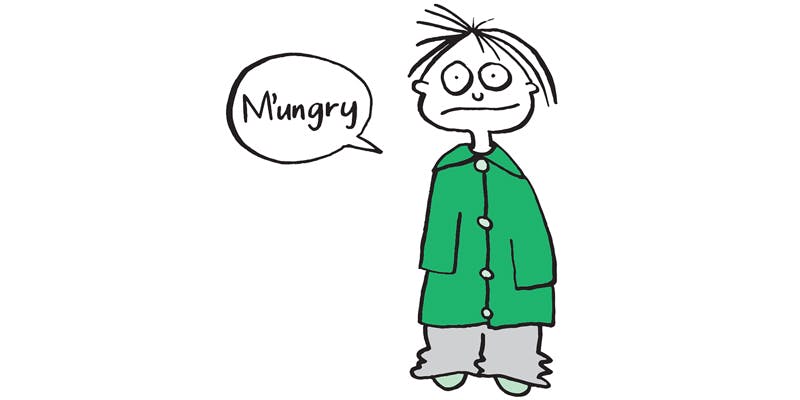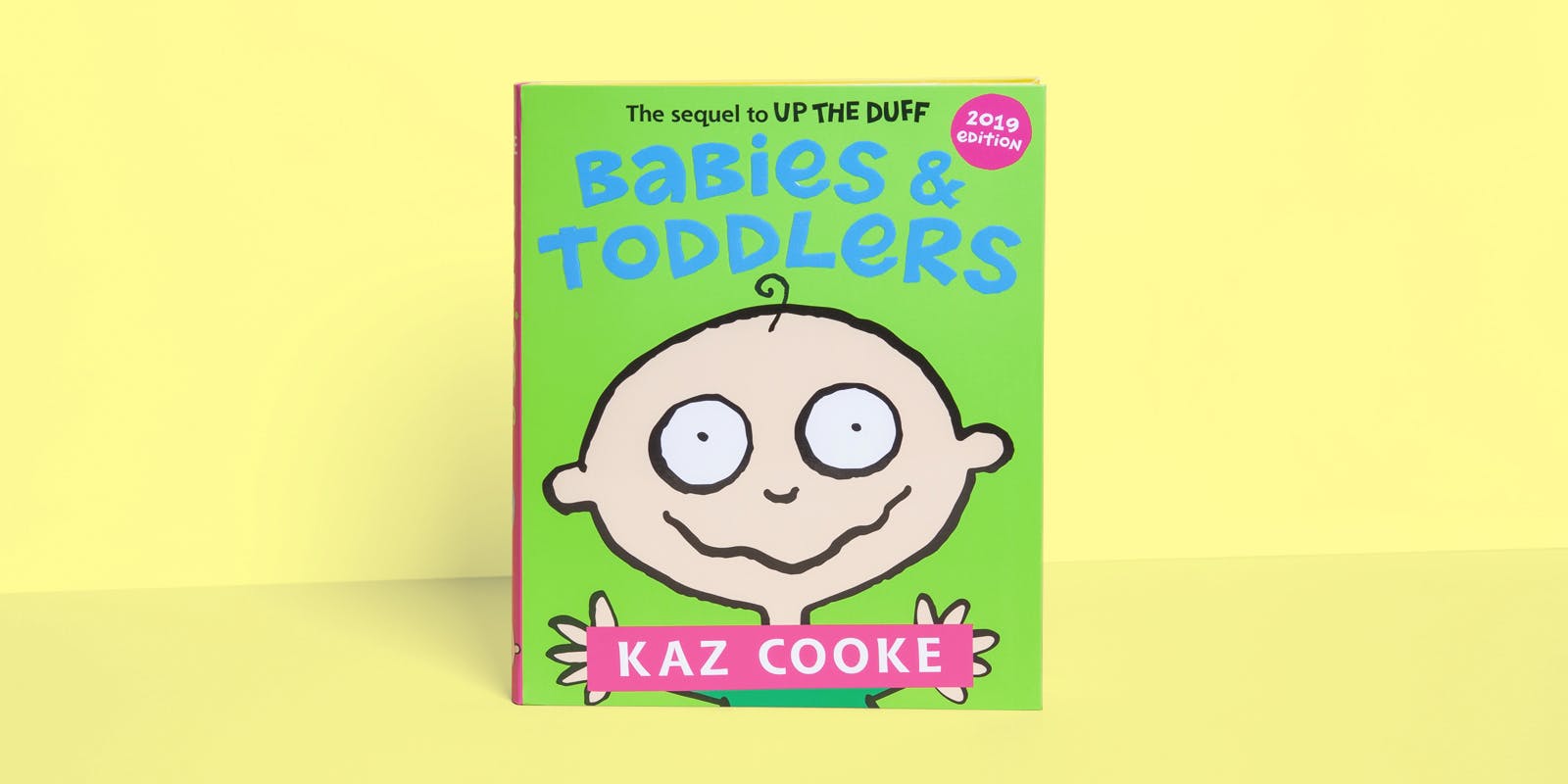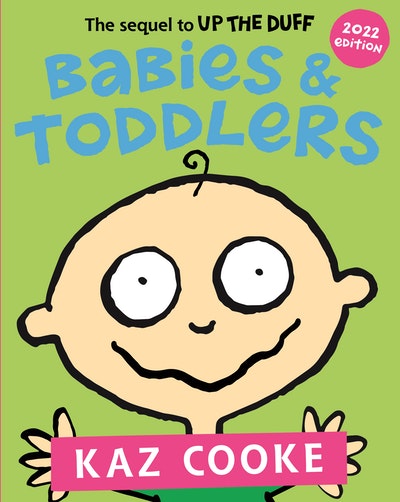In Babies & Toddlers, Kaz Cooke explains there will be days that your toddler will not be interested in much food, the next they’ll be ‘on the fang’. Keeping up with this can be frustrating, and patience is key. In Babies & Toddlers there are tips to get even the fussiest toddlers eating.
Tips to get toddlers eating
- Eat together as a family, then you don’t have to cook for two sessions of dinner (or even three if you have other kids). Also the ‘How was your day? What’s new?’ aspect of the family meal is great for developing children’s conversational skills and a comforting family vibe.
- Give toddlers morning and afternoon tea, or snacks between meals. Their tummies are little so they need bits of food more often.
- When your kid seems to be getting too big for the highchair, say at 2, let them use a plastic booster seat, which sits on top of a normal chair – cushions are not stable enough (see Chapter 31, Kid Equipment).
- Let your kid start using toddler’s cutlery. Most kids don’t learn to use chopsticks until about school age. A spoon is still the easiest implement, especially when they’re tired.
- Listen to your toddler: don’t be strict about a food ‘routine’ if they’re getting genuinely hungry at different times. If they’re eating a wide variety of foods and not filling up on milk before each meal, they should be getting all they need.
- Three serves of dairy or calcium-fortified foods a day is a good aim. It helps kids have growth spurts to build their own teeth and bones, which they need to do while they’re a toddler.
Things to Try if Your Toddler Won’t Eat
First consider the possibility of a physical problem such as a sore throat, mouth ulcers or an illness coming on. Or that your kid isn’t hungry, but will be later. ‘Fussy’ eating is really evolution at work. Toddlers are hardwired to refuse food until they’re really familiar with it – when they’ve been served it up to ten times, and recognise it as ‘safe’. This instinct kicks in about when babies start walking and prevents them from wandering away from the campfire and eating unfamiliar, poisonous berries. So you might have to offer a ‘new’ food over and over before it passes the test. And some kids just won’t like certain foods – just like adults.
Many kids simply feel already ‘full’ – from a drink – before a meal, so they don’t eat enough. Once they’re weaned from breastmilk or formula milk after the age of 1, only give three cups of cow’s milk a day, and do this after meals, not before. Keep offering stuff on the plate and don’t fuss about it or push the issue. When they’re hungry, they’ll eat. They can survive and thrive on such teeny amounts as to raise the eyebrows on the statue of Venus de Milo. Or even the arms. If in doubt, see your doctor.

Other strategies to try:
- Explain that the bread in their tummy is having a party and the carrots want to come. And the zucchini is all dressed up with its cheese hat on, ready to go too. Give them a choice of a couple of foods they can invite or not invite. In other words, you choose what to offer and they choose which of those foods to eat. This makes toddlers feel as if they’re making decisions.
- Try a rejected food prepared another way (cooked or raw) or chopped up or whole, so it won’t be recognised the same way each time.
- Offer smaller helpings: it might be that you’re expecting a toddler to eat a much larger serving of food than is actually needed – toddlers don’t grow as fast as babies do.
- Make a game of eating little bits of different colours – a green snow pea, some grated orange carrot, a grey mushroom, a white potato cube, a red cherry tomato.
- Get a set of cookie cutters in the shape of animals, dinosaurs, or fun objects like cars, and cut out sandwiches or vegie slices in the shapes.
- Don’t take it personally. If painstakingly prepared food is chucked around or ignored, skip the painstaking stage. Offer something simple, even raw, instead. That’s what fresh fruit and veg – and now and then things that come in packets – are for.
Cooking together
Parents report more success in getting little kids to eat when the kids have helped pick out the food and prepare it (even if they’re not really ‘helping’ to get things done faster, they’re ‘helping’ to get to understand and enjoy food, and spending family time together). Toddlers can cut things up, with their own wee, safe knife, stir things, watch, taste and name foods, and say ‘when’. (There’s more on this in Chapter 30, Family Food.)
Be a good eating model
Toddlers watch and learn from you, so never talk about you or anyone else being ‘too fat’ or needing to ‘go on a diet’. They’re old enough to notice and copy self-image problems and eating-behaviour problems. Talk about ‘healthy’ foods and ‘sometimes’ foods – don’t give them ideas of ‘bad’ or ‘naughty’ foods.














